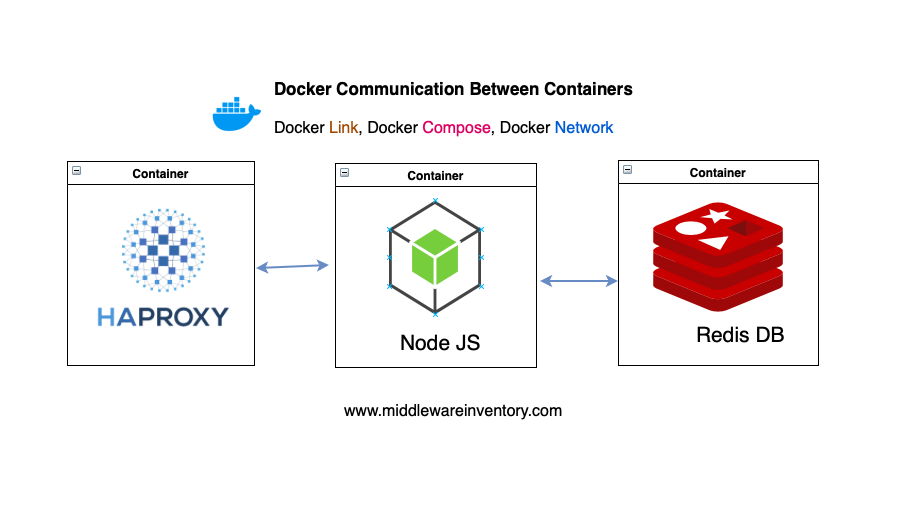

Below example provides the same functionality, with the added benefit of the CMD instruction being over writable when a container starts: ENTRYPOINT For example, following instructions cause the running container to display the current time: ENTRYPOINT ĮNTRYPOINT defines both commands to be executed with parameters, so CMD instruction can’t be used. If it is present, all parameters for the podman run command after the image name forms the CMD instruction.

In this case, the base image’s ENTRYPOINT applies, or default ENTRYPOINT applies if none is defined.ĬMD instruction can be override when starting a container by podman / docker. CMD can be present without specifying an ENTRYPOINT. The Dockerfile should have at least one ENTRYPOINT and one CMD instruction, If a Dockerfile contains more than one ENTRYPOINT or CMD then only last instruction takes effect. For example, if ENTRYPOINT is (exec form) and CMD is localhost (shell form), then the expected executed command is ping localhost, but the container tries ping /bin/sh -c localhost, which is a malformed command. Also, some combinations are not allowed, or may not work as expected. Generally we use Exec form, it is recommended, because Shell form wraps the commands in a /bin/sh -c shell, creating a sometimes unnecessary shell process. Shell Form: ENTRYPOINT command param1 param2 Exec form (using a JSON array): ENTRYPOINT Ģ. CMD and ENTRYPOINTĬMD and ENTRYPOINT instruction have two formats:ġ. Dockerfile instruction runs in an independent container using an intermediate image built from every previous command. The order of execution of instruction is the order of their appearance in Dockerfile.Įach instruction is independent from other instructions in the Dockerfile.

Next instruction (if any) executes into that new image. Dockerfile instructions are executed into a new container using this image and then committed as a new image. INSTRUCTION states for any instruction keyword for Dockerfile, it is not case-sensitive but to make it more visible keep it in capital letters is suggested.įirst non-comment instruction must be a FROM instruction to specify the base image. To add any comment add hash, pound, or symbol(#) in starting of line. The basic syntax of a Dockerfile follows: # Comment root directory, /, should never be used as a working directory for image builds, for security reasons.ĭockerfile is a text file which contains instructions needed to build the image, it must be there in working directory to build the image. It is better to create an empty working directory to avoid incorporating unnecessary files into the image. Working directory contains all files which are needed to build the image. There are three mazor steps to build a cointainer from dockerfile AWS Batch lets you run highly-scalable batch processing workloads using Docker containers.In the tutorial we are going to learn Building Container Image using Dockerfile. I am already published some article related to Containers, please visit those articles :ĭockerfile is a mechanism to automate the building of container images. Amazon Elastic Container Registry (ECR) is a highly available and secure private container repository that makes it easy to store and manage your Docker container images, encrypting and compressing images at rest so they are fast to pull and secure. AWS Fargate is a technology for Amazon ECS that lets you run containers in production without deploying or managing infrastructure. Amazon Elastic Container Service for Kubernetes (EKS) makes it easy for you to run Kubernetes on AWS. AWS Fargate is technology for Amazon ECS that lets you run containers without provisioning or managing servers. There are a number of ways to run containers on AWS, including Amazon Elastic Container Service (ECS) is a highly scalable, high performance container management service. Customers can easily deploy their containerized applications from their local Docker environment straight to Amazon ECS. AWS provides support for both Docker open-source and commercial solutions.


 0 kommentar(er)
0 kommentar(er)
